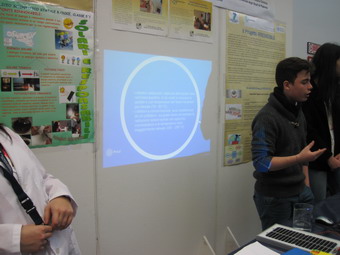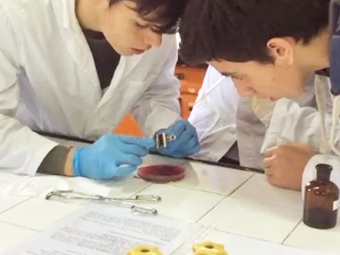After completing the first part of our work, developing and testing a module on “Nanotechnology in solar energy conversion”, three of the teachers (Anna Caronia, Tiziana Di Silvestre, Antonella Giangalanti) continued their involvement in the second part of the project in an independent way.
Each new CoL gathers five additional chemistry, physics and biology teachers. Once again, the interdisciplinary character of the CoL is ensured.
In this second part of the project, 20 classes are involved for a total of about 400 students. In most cases, the previous module developed in Palermo will be implemented in order to further validate it. In addition, as suggested by the project guidelines, in three classes, the module on “Nanotechnology (catalysis)”, developed by the Polish colleagues of Jagiellonian University, is being adopted. A useful link between these two modules is the use and properties of nanoparticles and this connection is being strongly stressed.
The kick-off event of the three CoL’s took place last November during a plenary meeting at the University of Palermo. It was very interesting to observe the role that the three expert teachers enthusiastically assumed in illustrating the main features of the project and the highlights of the task that the new groups were going to tackle together.
A final exhibit is being planned in May 2016 in each of the three schools that are involved where the students will display their work and will discuss science and RRI issues with their peers and other teachers. This will represent a good chance to verify the overall results of the project and obtain additional feedback.










